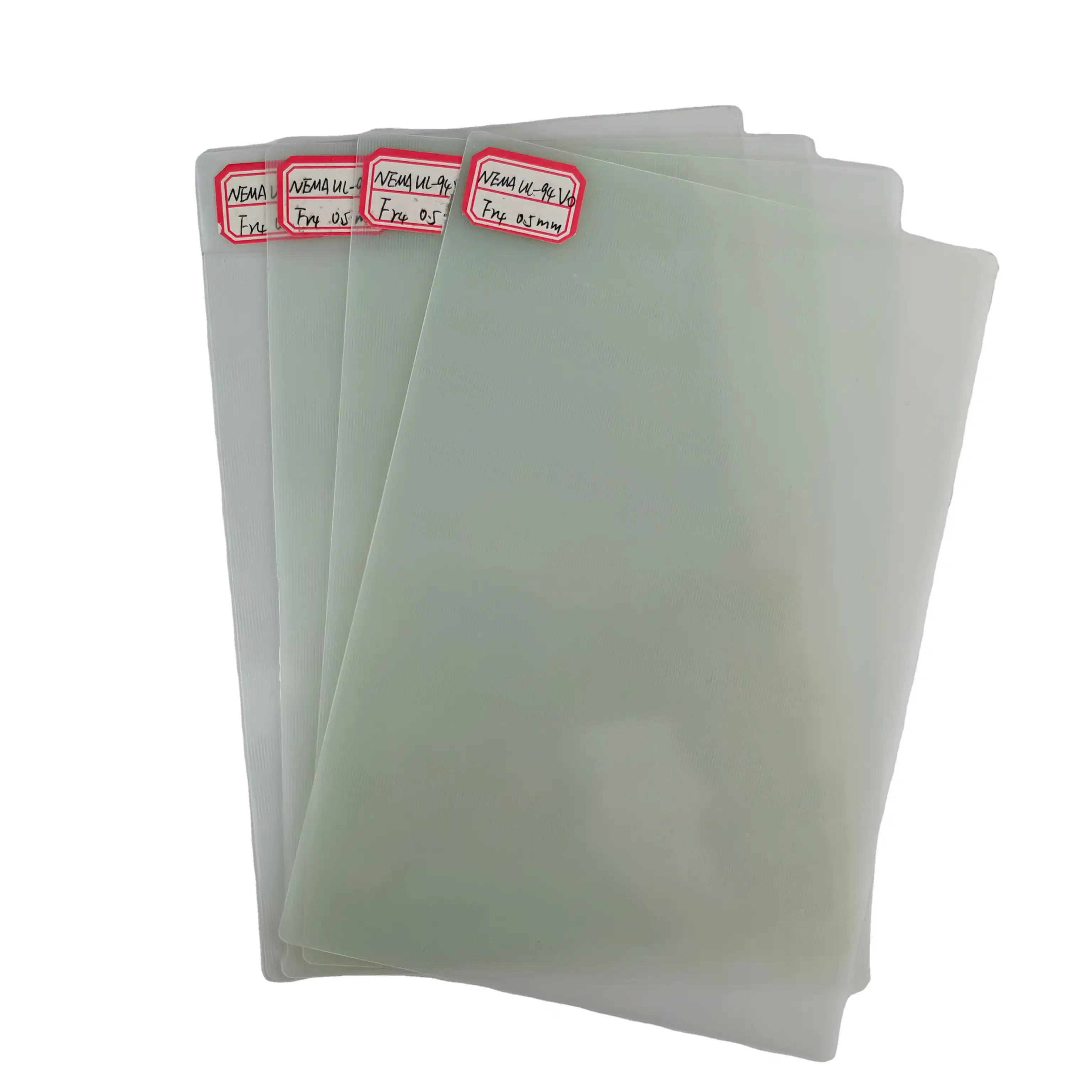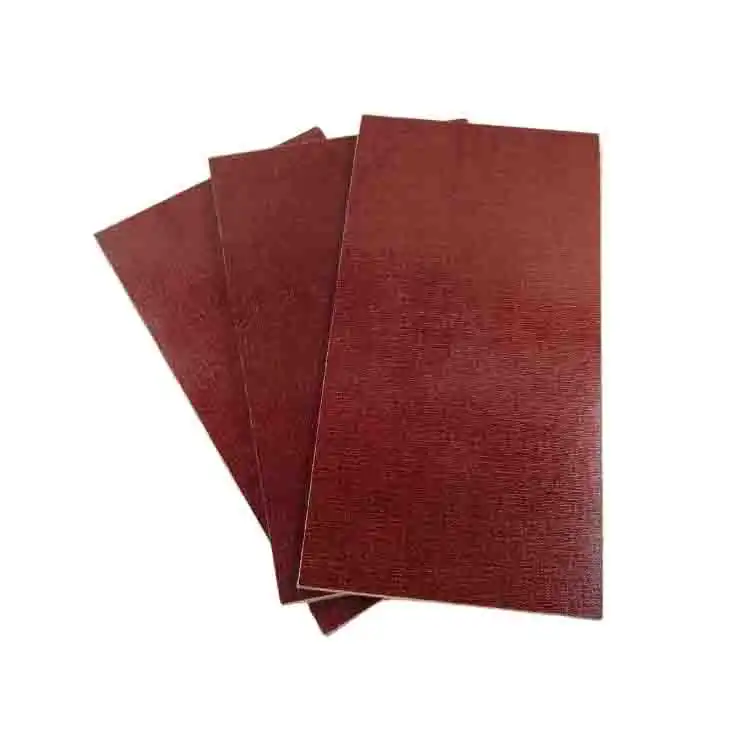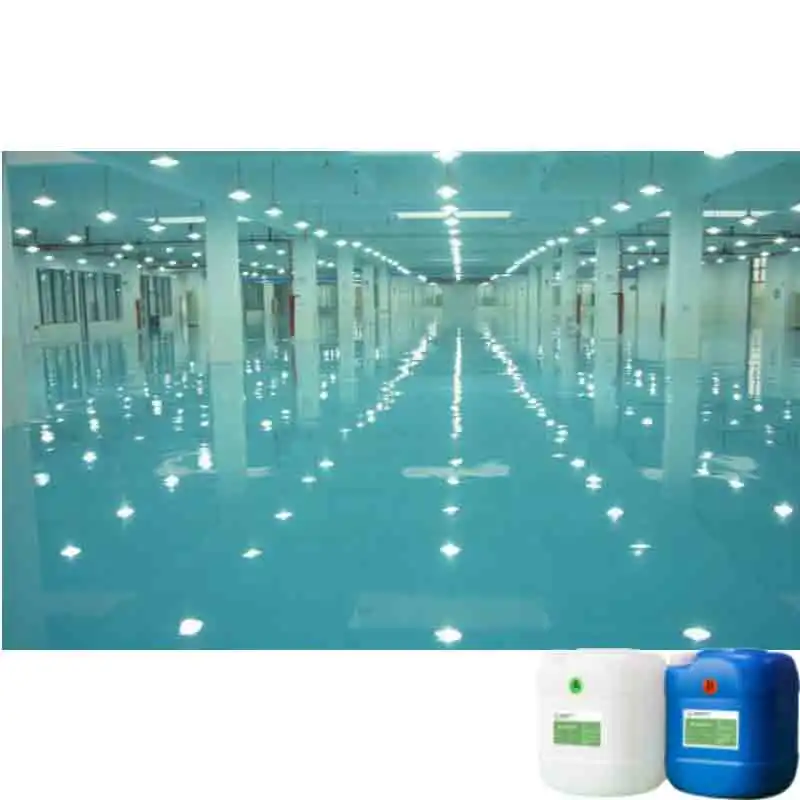how to mix clear epoxy resin?
2024-09-03 13:47:26
Clear epoxy resin is a versatile material used in various applications, from crafting to industrial coatings. Proper mixing is crucial for achieving optimal results. This guide will walk you through the process of mixing clear epoxy resin, ensuring you get the best outcome for your projects.
What is Clear Epoxy Resin?
Understanding Clear Epoxy Resin
Clear epoxy resin is a two-part polymer system consisting of a resin and a hardener. When mixed in the correct proportions, these components chemically react to form a durable, transparent, and glossy material. Its clarity and strength make it ideal for numerous applications, including furniture making, artwork, and protective coatings.
Types of Clear Epoxy Resin
There are several types of clear epoxy resin available, each formulated for specific uses. These include casting resins for deep pours, table top epoxies for surface coatings, and UV-resistant formulations for outdoor applications. Understanding the characteristics of each type is essential for selecting the right product for your project.
Safety Precautions
Working with clear epoxy resin requires careful attention to safety. Always wear protective gear, including gloves, safety goggles, and a respirator mask. Ensure proper ventilation in your workspace to avoid inhaling fumes. Familiarize yourself with the manufacturer's safety guidelines before starting your project.
Preparation for Mixing Clear Epoxy Resin
Gathering Materials and Tools
Before starting your epoxy resin project, it's crucial to gather all necessary materials and tools to ensure a seamless process. You will need clear epoxy resin and its corresponding hardener, which are the core components for creating a durable finish. Prepare mixing containers and stirring sticks to blend the resin and hardener thoroughly. A precise measuring scale is essential for accurate proportions, ensuring the resin cures properly. Additionally, collect any colorants or additives you wish to incorporate, as these will allow you to customize the appearance and properties of the final product. Having everything in place beforehand helps prevent interruptions and guarantees a smooth mixing experience.
Workspace Setup
Setting up your workspace properly is essential for a successful epoxy resin project. Start by ensuring that the area is clean and free from dust, as contaminants can affect the final result. Use a level surface to prevent uneven application. Cover the work area with a protective sheet or drop cloth to catch any potential spills and protect surfaces from damage. Check that the temperature of your workspace falls within the recommended range specified by the epoxy manufacturer, as this will influence the curing time and viscosity of the resin. Proper temperature control ensures optimal mixing and curing, leading to a flawless finish.
Measuring Techniques
Accurate measurement is vital for achieving a successful clear epoxy resin mix. For precise results, use a digital scale to measure the resin and hardener by weight, ensuring exact proportions. Alternatively, calibrated measuring cups can be used for volume-based ratios if your epoxy system allows. Some epoxy products come with pre-measured pumps, simplifying the process and reducing the risk of errors. Always adhere strictly to the manufacturer's recommended mixing ratio to ensure the epoxy cures correctly and performs as expected. Proper measurement prevents common issues like improper curing or inconsistent results, leading to a higher-quality finished product.

The Mixing Process
Step-by-Step Mixing Guide
To start the mixing process, carefully measure the resin and hardener according to the manufacturer's instructions to ensure the correct ratio. Pour the measured resin into a clean mixing container first, followed by the hardener. Using a stirring stick, mix the components thoroughly, making sure to scrape the sides and bottom of the container to incorporate all material. This step ensures that no unmixed portions remain. Continue mixing for the recommended duration, typically 2-3 minutes, until the mixture achieves a uniform, homogeneous consistency. Proper mixing is essential for optimal curing and performance of the epoxy.
Common Mixing Mistakes to Avoid
To ensure a successful clear epoxy resin application, it’s important to avoid common mixing mistakes. First, refrain from mixing too vigorously, as this can introduce air bubbles into the resin, leading to defects in the final product. When pouring the mixed epoxy, avoid scraping the sides of the mixing container, as any unmixed resin remaining on the container's edges can cause uneven curing and tacky spots. Additionally, never alter the recommended mixing ratio provided by the manufacturer, as deviations can result in improper curing and negatively affect the epoxy’s strength and durability. Adhering to these guidelines will help you achieve a flawless finish.
Adding Colorants and Additives
When incorporating colorants or additives into your epoxy resin, wait until after you have thoroughly mixed the resin and hardener. Add these components gradually and stir gently to ensure even distribution without introducing air bubbles. It’s important to note that certain additives might alter the curing time or impact the final properties of the epoxy, such as its strength or clarity. To avoid potential issues, always perform a test with a small batch before applying the mixture to your main project. This precaution helps you assess any changes in curing behavior or appearance and ensures the final product meets your expectations.
Conclusion
Mixing clear epoxy resin requires attention to detail and adherence to proper techniques. By following these guidelines, you'll be well-equipped to achieve professional results in your epoxy projects. Remember, practice makes perfect, and don't hesitate to experiment with small batches to refine your mixing skills.
At J&Q, we're committed to providing high-quality insulating materials and expert guidance for all your project needs. With over 20 years of experience in production and 10 years in international trade, we're your trusted partner for insulating sheets and related products. For more information or to discuss your specific requirements, please contact us at info@jhd-material.com. Let us help you bring your epoxy resin projects to life with our expertise and top-notch materials.
References
1. Johnson, A. (2021). The Complete Guide to Epoxy Resin: Mixing and Application Techniques. Polymer Science Quarterly, 45(2), 78-92.
2. Smith, B., & Taylor, C. (2020). Clear Epoxy Resin in Industrial Applications: A Comprehensive Review. Journal of Composite Materials, 33(4), 215-230.
3. Williams, E. (2022). Safety Considerations for Working with Epoxy Resins. Industrial Health and Safety Review, 18(3), 45-58.
4. Brown, D., et al. (2019). Optimizing Epoxy Resin Mixing Procedures for Enhanced Performance. Advanced Materials Processing, 27(1), 112-125.
5. Lee, S., & Park, J. (2021). The Impact of Temperature on Epoxy Resin Curing: A Systematic Study. Thermochimica Acta, 689, 178-190.
6. Garcia, M., & Rodriguez, F. (2020). Colorants and Additives in Epoxy Resins: Effects on Properties and Applications. Progress in Organic Coatings, 142, 105-117.







